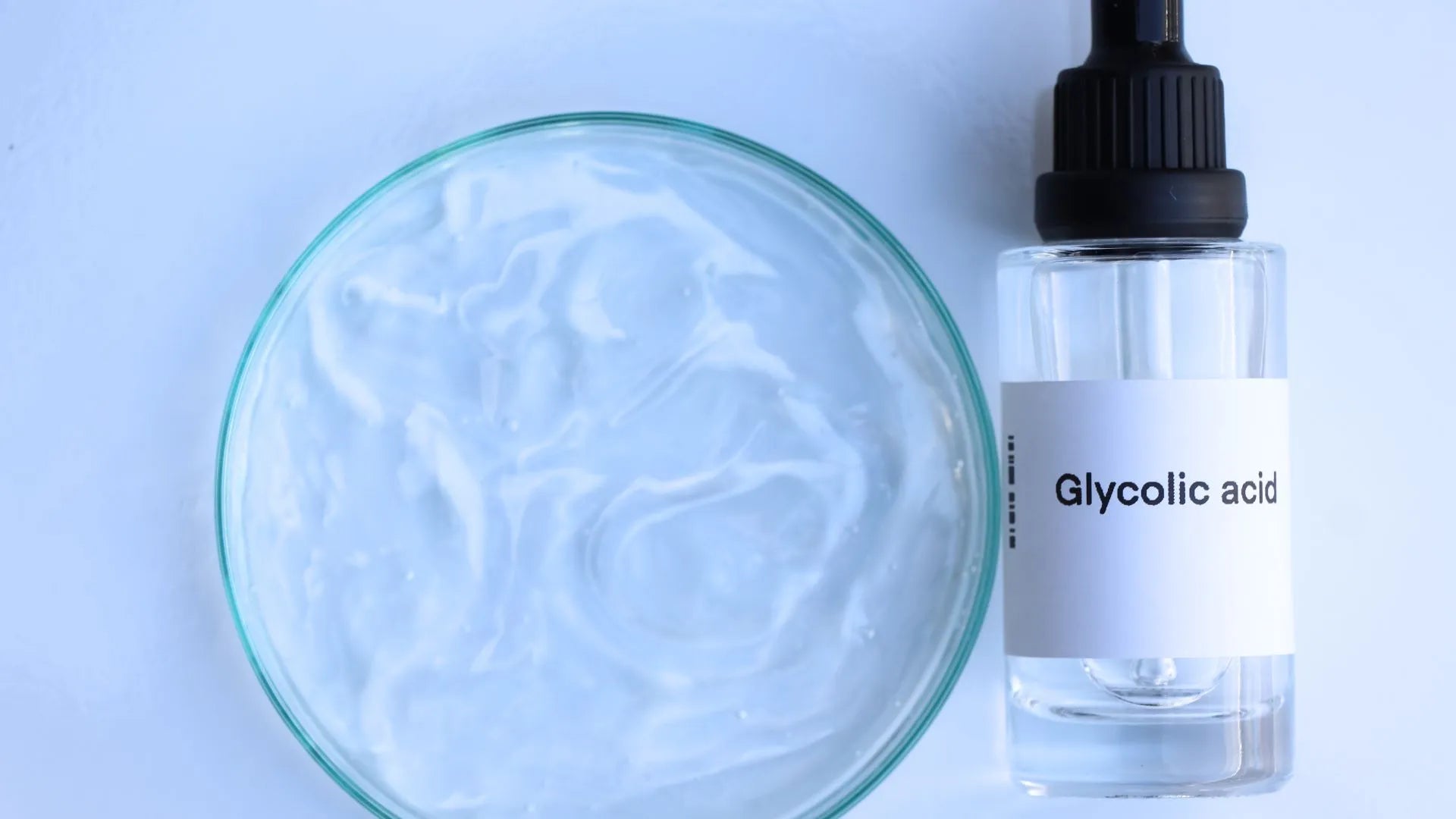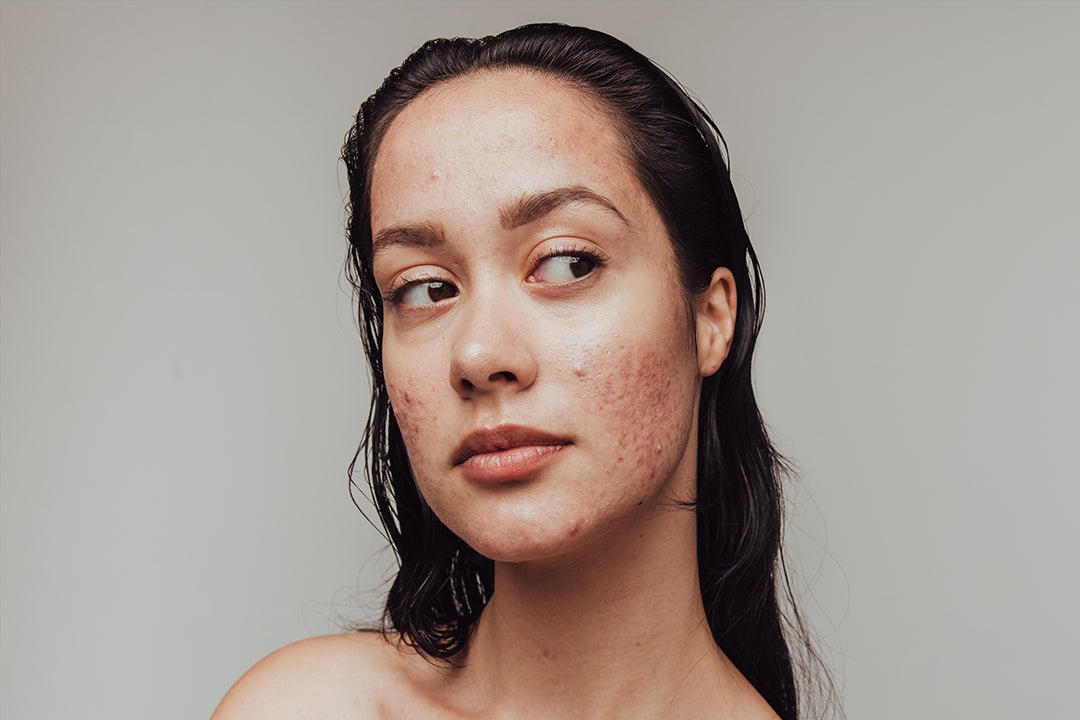If you're someone who takes skincare seriously, you've probably heard about the wonders of both glycolic acid and Retin A. These two powerhouse ingredients are known for their ability to transform the skin and address a variety of concerns. But can you use glycolic acid and Retin A together? In this ultimate skincare guide, we'll explore the benefits, risks, and proper usage of these ingredients.
Glycolic Acid and Retin A: A Winning Combination
The Benefits of Glycolic Acid
Glycolic acid is an alpha hydroxy acid (AHA) derived from sugarcane. It's a holy grail ingredient for many skincare enthusiasts due to its exfoliating properties. Here are some of the key benefits of glycolic acid:
- Exfoliation: Glycolic acid helps to remove dead skin cells, revealing a brighter and more even complexion.
- Texture Improvement: By promoting cell turnover, glycolic acid can improve the texture of the skin, making it smoother and more refined.
- Acne Treatment: Glycolic acid can effectively treat acne by unclogging pores and reducing the appearance of blemishes.
The Power of Retin A
Retin A, also known as tretinoin, is a powerful retinoid that is derived from Vitamin A. It's well-known for its anti-aging benefits and ability to address a range of skin concerns. Here are some of the key benefits of Retin A:
- Wrinkle Reduction: Retin A stimulates collagen production, which can help reduce the appearance of fine lines and wrinkles.
- Hyperpigmentation Treatment: Retin A can fade dark spots and hyperpigmentation, resulting in a more even skin tone.
- Acne Prevention: Retin A can prevent acne breakouts by regulating oil production and preventing clogged pores.
Can You Use Glycolic Acid and Retin A Together?
The short answer is yes, you can use glycolic acid and Retin A together. However, it's important to proceed with caution and follow a few guidelines:
- Start Slowly: If you're new to either glycolic acid or Retin A, it's best to introduce them into your routine separately. Begin by using each product on alternate nights to allow your skin to adjust.
- Gradually Increase Frequency: Once your skin has acclimated to both ingredients, you can gradually increase the frequency of use. However, it's essential to listen to your skin and adjust accordingly if you experience any irritation or sensitivity.
- Moisturize and Protect: Both glycolic acid and Retin A can cause dryness and increased sun sensitivity. Be sure to moisturize your skin thoroughly and apply a broad-spectrum sunscreen during the day.
Risks and Side Effects
While glycolic acid and Retin A can yield impressive results, they can also cause some side effects, especially when used together. Here are a few potential risks to be aware of:
- Increased Sensitivity: Using both glycolic acid and Retin A can make your skin more sensitive and prone to redness, irritation, and peeling.
- Dryness: These ingredients can cause dryness, so it's crucial to keep your skin well-hydrated with a moisturizer.
- Sun Sensitivity: Both glycolic acid and Retin A can increase your skin's sensitivity to the sun, making it essential to protect your skin with SPF.
Choosing the Right Products
When incorporating glycolic acid and Retin A into your skincare routine, it's important to choose high-quality products that suit your skin type and concerns. Here are a few tips:
- Look for Trusted Brands: Opt for products from reputable brands that prioritize quality and safety.
- Consider Formulations: Choose a glycolic acid product with a concentration that suits your skin's tolerance level. For Retin A, you may need a prescription from a dermatologist.
- Listen to Your Skin: Everyone's skin is unique, so pay attention to how your skin reacts to the products. If you experience severe irritation or discomfort, consult a dermatologist.
The Bottom Line
Glycolic acid and Retin A can be used together to achieve radiant, youthful-looking skin. However, it's crucial to use them with caution, start slowly, and listen to your skin. If you're unsure about incorporating these ingredients into your routine, consult a dermatologist for personalized advice.
Frequently Asked Questions
Q1. Can I use glycolic acid and Retin A if I have sensitive skin?
If you have sensitive skin, it's best to approach glycolic acid and Retin A with caution. Start with low concentrations and gradually increase frequency if your skin tolerates it well. However, if you experience significant irritation or discomfort, it's advisable to discontinue use and consult a dermatologist.
Q2. Should I use moisturizer before or after applying glycolic acid and Retin A?
It's essential to moisturize your skin both before and after applying glycolic acid and Retin A. Begin your routine with a hydrating moisturizer to create a barrier that helps protect your skin. After applying the glycolic acid or Retin A, wait for a few minutes to let it absorb, and then apply another layer of moisturizer to lock in hydration.









